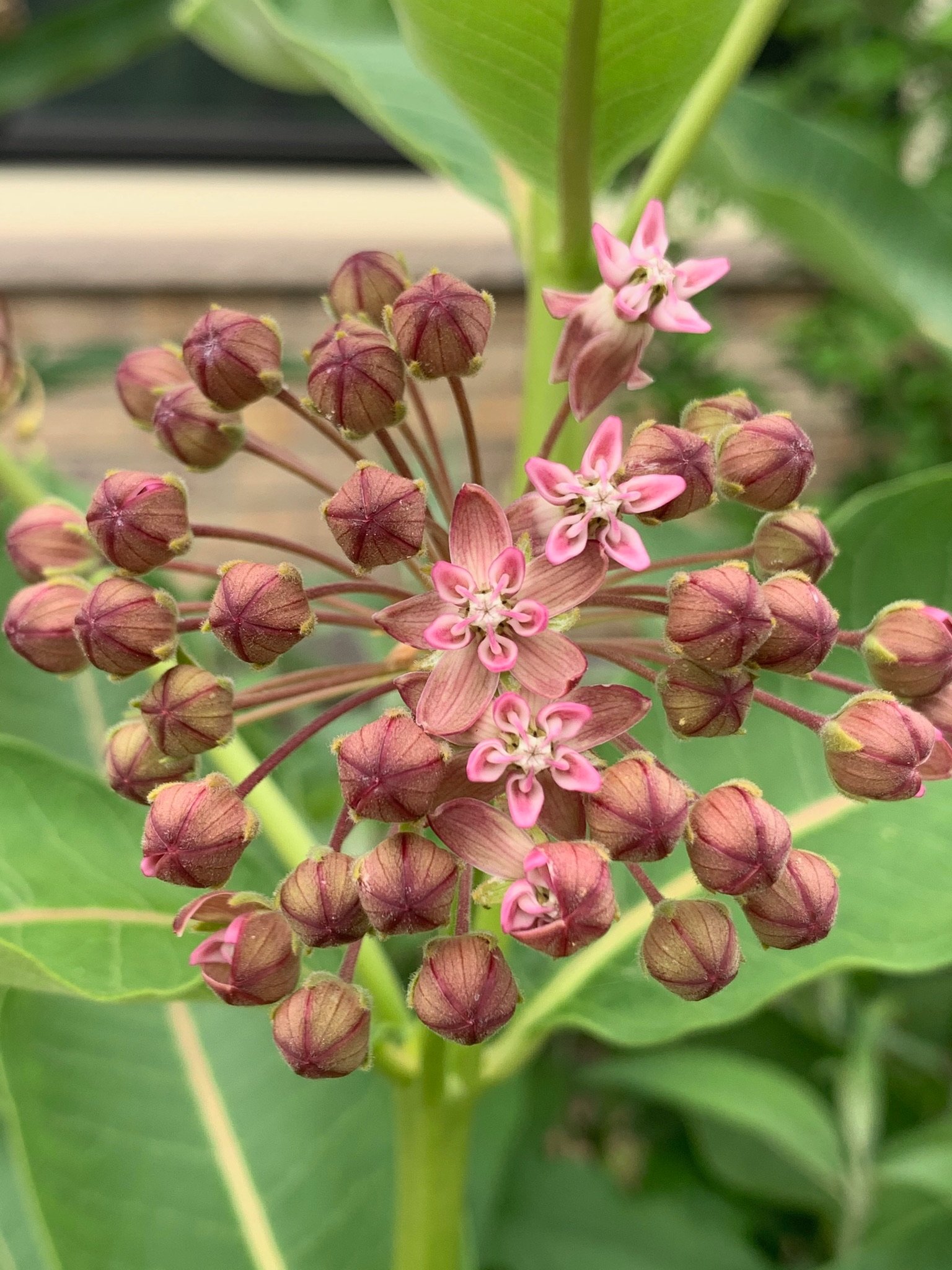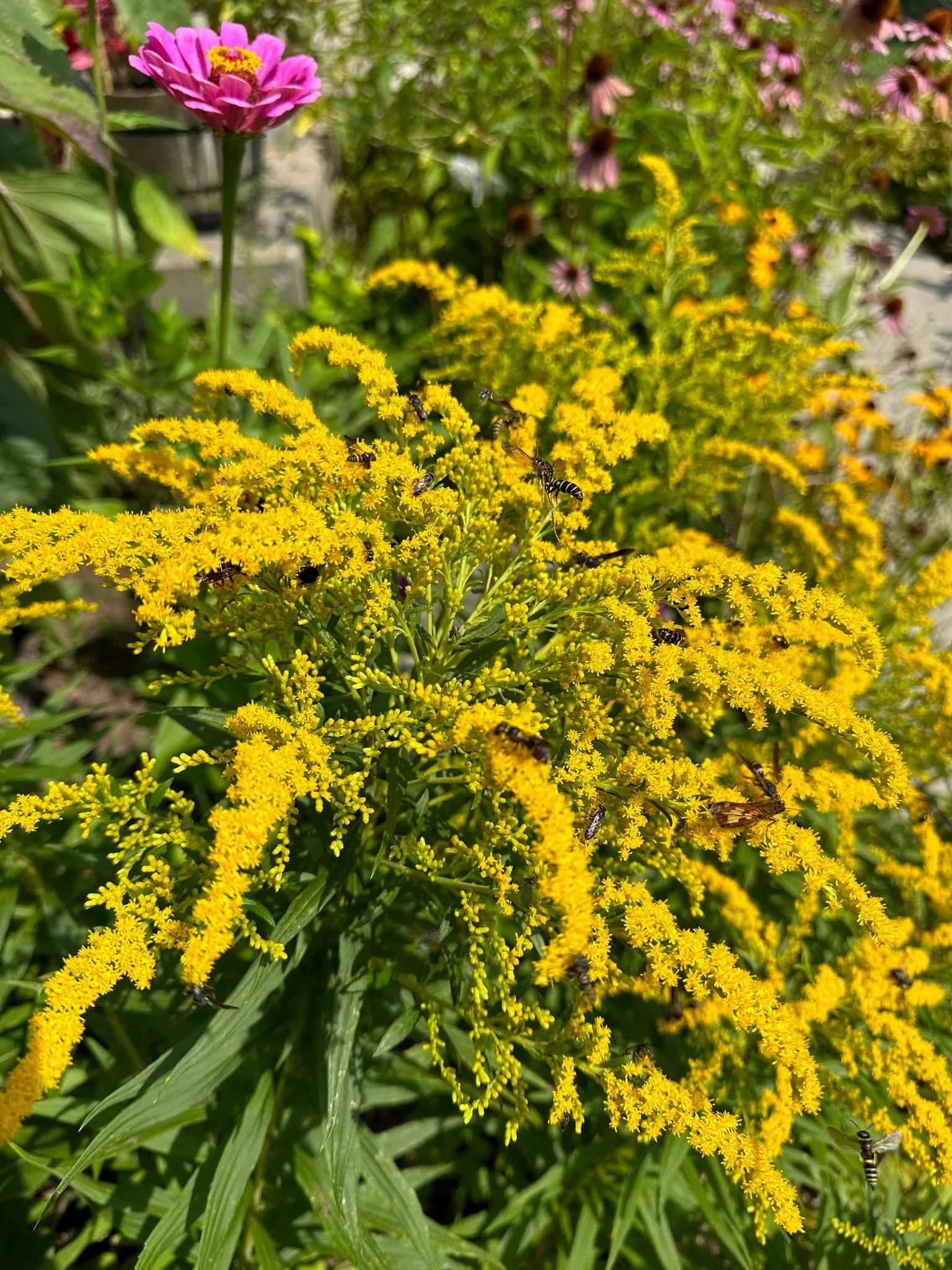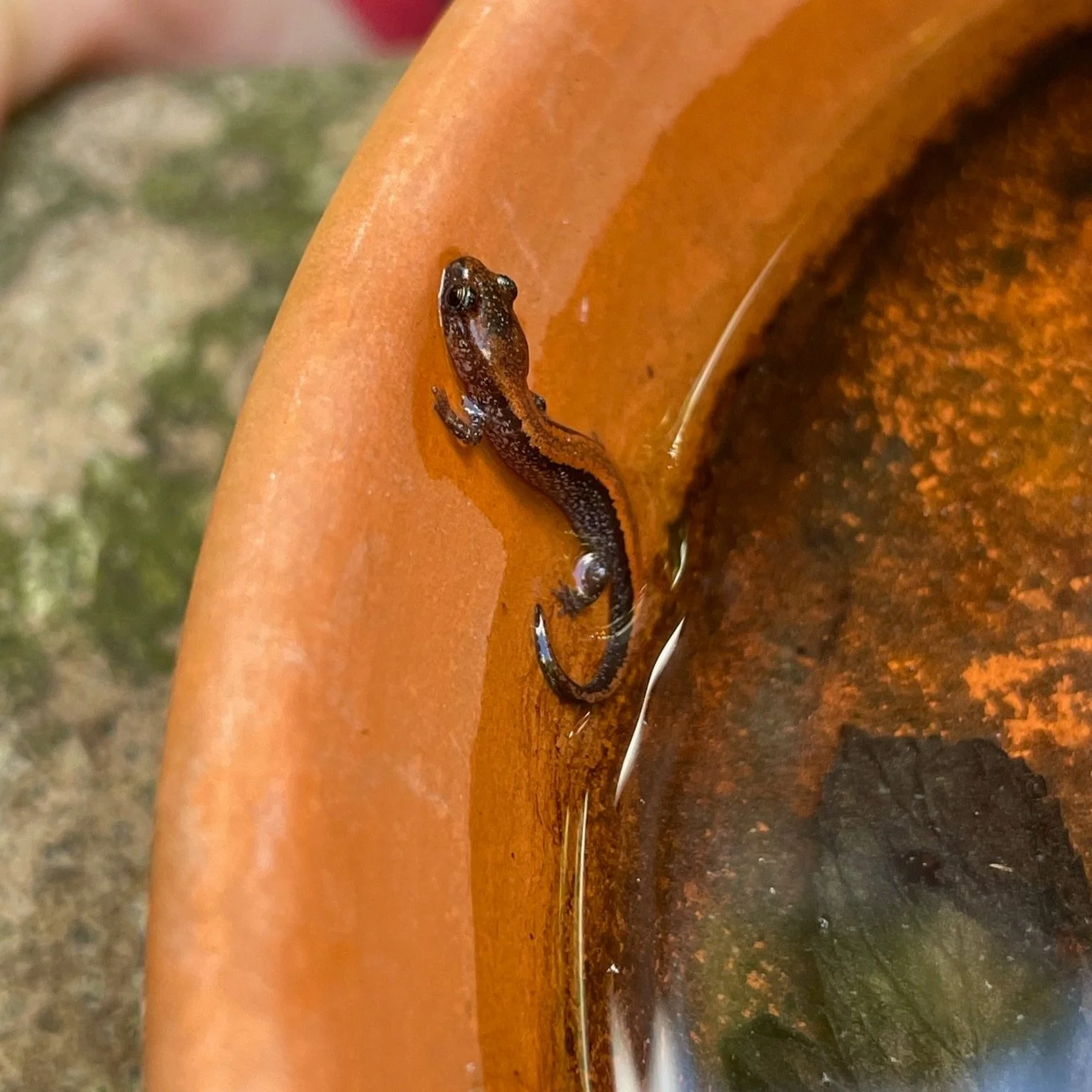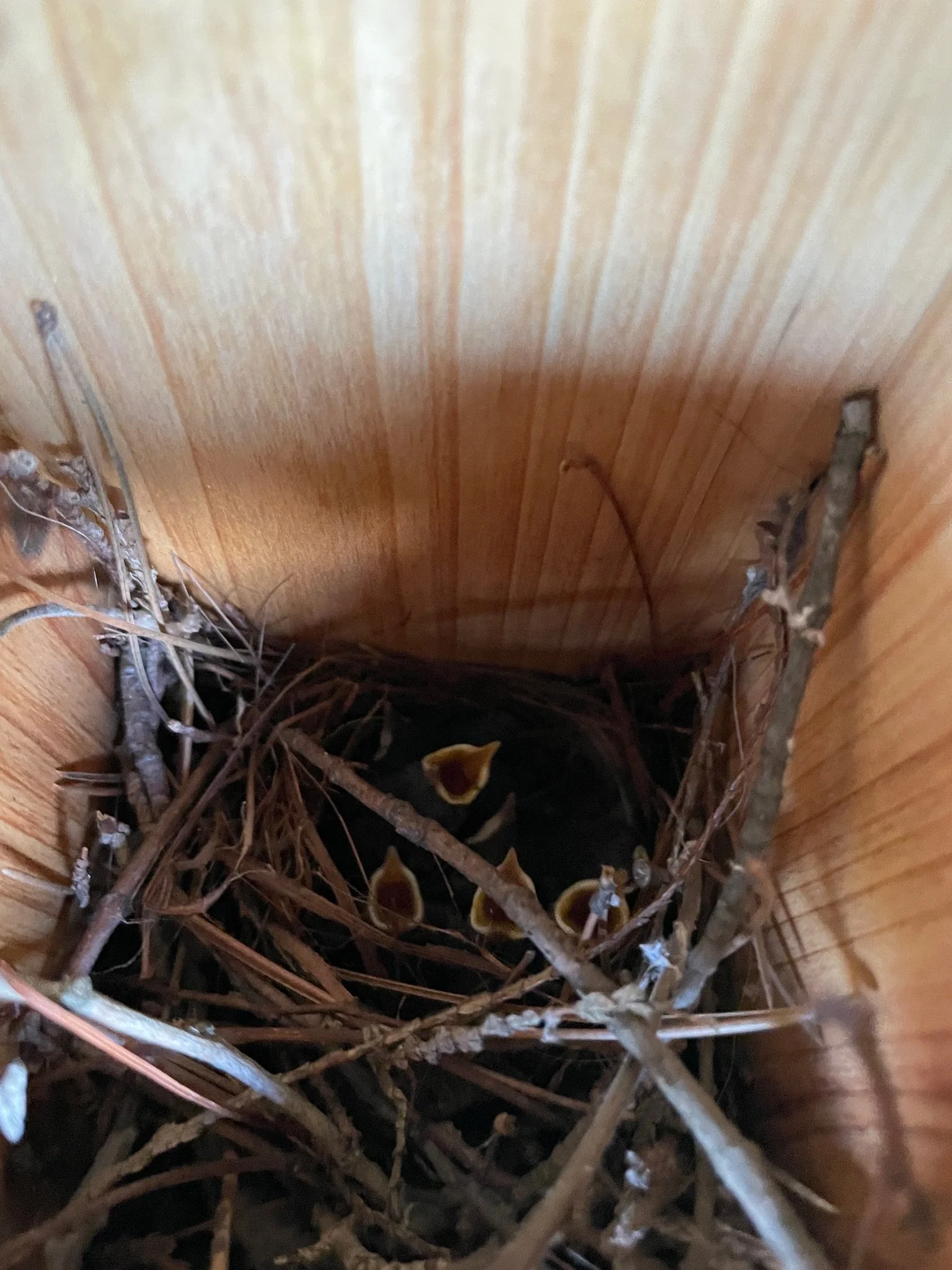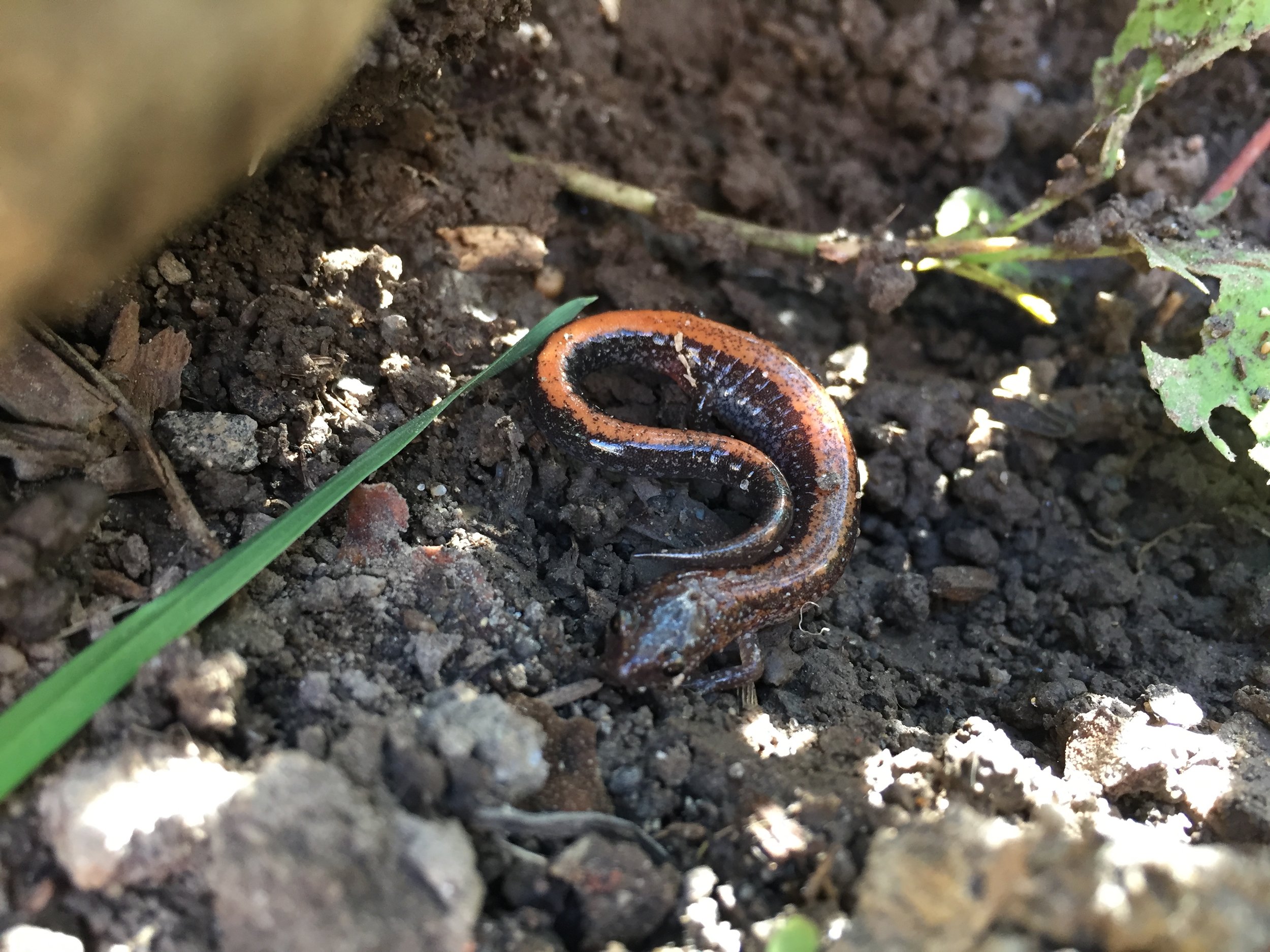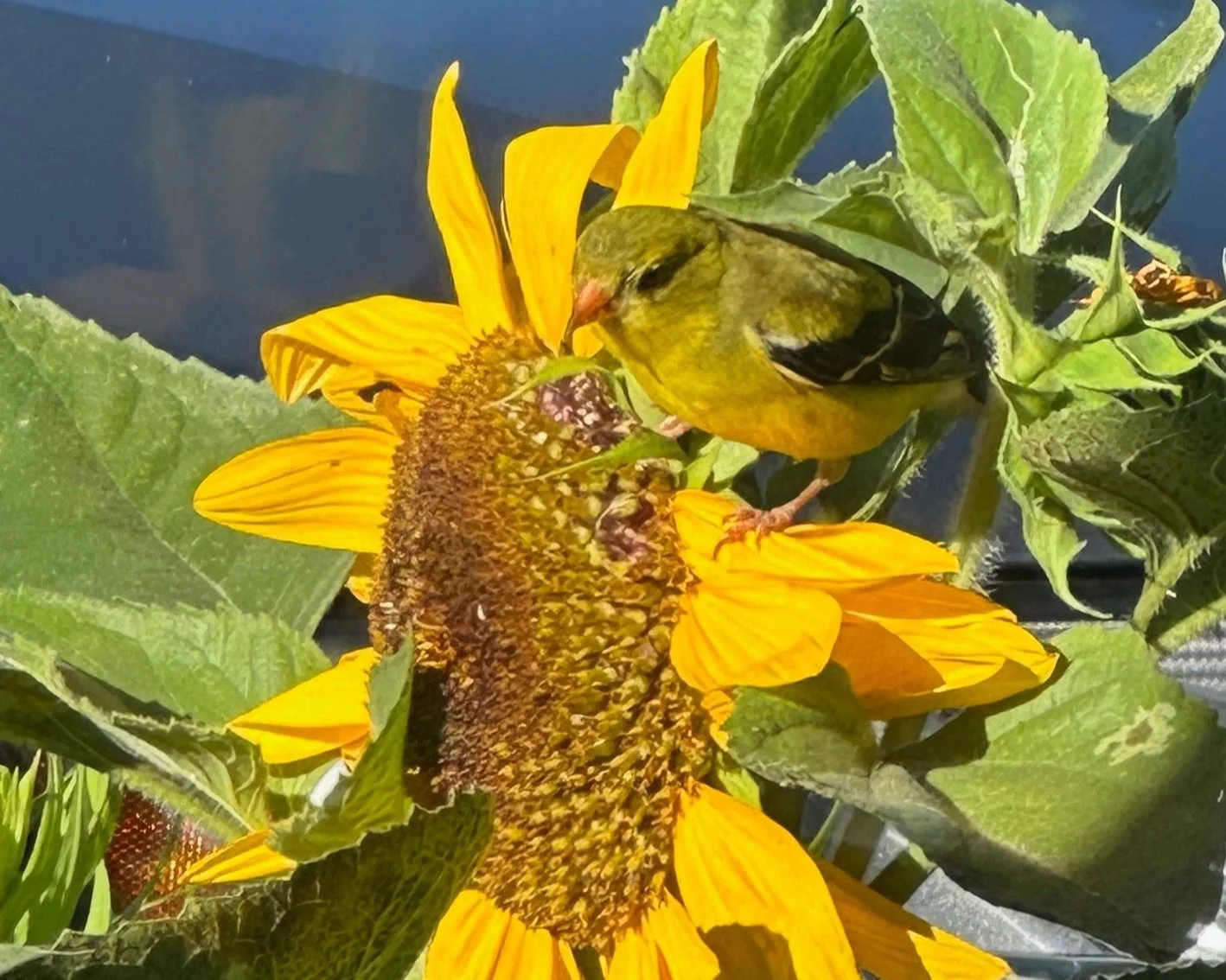Wildlife Habitat Garden
Welcome to a Garden With Purpose: A Wildlife Habitat Garden
Step into a garden alive with nature's wonders—a space buzzing with the vibrant flutter of wings, the gentle rustle of leaves, and the soothing calls of frogs by a pond. A Wildlife Habitat Garden is far more than a collection of plants. It’s a sanctuary: a lifeline for birds, small mammals, and amphibians that share our region.
By thoughtfully weaving together diverse native plants like chokecherries and dogwoods, alongside features such as nesting spots and freshwater sources, these gardens provide nourishment, shelter, and safety to local wildlife—all while transforming outdoor spaces into peaceful havens of natural beauty. Every flower, shrub, and pond plays a role in preserving biodiversity and deepening our bond with the natural world.
Ready to make an impact? Your garden can be a part of this meaningful change, not only enhancing your environment but contributing to a thriving ecosystem. Let’s nurture nature, one native plant at a time.
For guidance on plants or wildlife specific to your area, reach out to local environmental groups or visit websites such Wildlife Federation or Regional Native Plant Councils.
Our focus is Southern Ontario, so the examples we share are tailored to this region. However, the tips and principles outlined here can be adapted to suit wildlife and native plants in your own area, wherever you may be.
How to start?
Creating a Wildlife Habitat Garden begins with thoughtful planning and an appreciation for the flora and fauna native to your region. Below, we outline key steps to help guide you in crafting a sanctuary that is both functional and beautiful.
1. Research Native Plants
Start by identifying plants native to Southern Ontario that will thrive in your garden. Trees such as chokecherries, dogwoods, and serviceberries are excellent for attracting local wildlife, while flowering plants like black-eyed Susans, milkweed, and coneflowers provide vital resources for pollinators and small creatures alike.
Make it a goal to include plants with varied blooming and fruiting times to ensure year-round food availability. Native early bloomers like Bloodroot and Pasque Flowers are particularly important for pollinators emerging from winter hibernation, while late bloomers like Goldenrods provide essential energy for migrating Monarch butterflies as they begin their journey to Mexico.
2. Understand the Site
Carefully assess the unique conditions of your garden, including the soil type, the amount of sunlight, and moisture levels, to make informed choices about which plants to incorporate. Once you understand your garden’s needs, refer to our curated local plant lists under Examples of Native Garden Types. As we work alongside our clients and learn from our and their experiences, we will continually update this information to offer the most effective recommendations.
When planning, consider grouping plants into zones based on their heights and functions—ground covers for small mammals, shrubs for birds, and taller trees for shelter and nesting.
3. Water Features
Adding a water source is one of the most impactful ways to support wildlife. Include a small pond, birdbath, or water basin to provide fresh water for amphibians, birds, and small mammals.
Design the water feature with sloping sides to ensure animals can access it safely and easily. To enhance the habitat’s diversity, consider adding aquatic plants like cattails and water lilies.
4. Shelter and Nesting
Providing safe spaces for wildlife to shelter, nest, and rest is critical for a thriving habitat. Incorporate shrubs, brush piles, or logs to create natural hiding spots for smaller creatures. Complement these with birdhouses or bat boxes tailored to the needs of species common to your area.
If you have a pond or live near one, you might find turtles choosing your garden as a nesting site. Their nests, typically found in sandy or loose soil in sunny areas, can be tricky to spot. Look for patches of freshly disturbed soil, as turtles bury their eggs and cover the nest afterward. In Southern Ontario, turtles are most likely to nest between late May and early July. Protecting a turtle nest might involve marking the area and avoiding disturbance, or installing nest protectors to shield eggs from predators while allowing hatchlings to emerge. If you are unsure, consulting with local wildlife conservation groups or reptile experts can provide helpful guidance.
Don’t forget amphibians like salamanders, which love to hide under piles of stones, making a simple addition of rocks an excellent way to encourage their presence in your garden.
5. Limit Chemicals
Avoid using pesticides, herbicides, or synthetic fertilizers, as they can harm the delicate balance of wildlife in your garden. Instead, rely on organic methods of pest control to maintain a safe haven for animals.
6. Plant Diversity
Diversity in plants is key to attracting a range of species. Combine flowers, grasses, shrubs, and berry-producing plants to cater to pollinators and birds alike. For example, milkweed plays a vital role in the lifecycle of Monarch butterflies, while berry-producing shrubs offer nourishment for birds and small mammals.
7. Connectivity
If possible, connect your garden to nearby natural areas to establish wildlife corridors. These corridors allow animals to move freely and safely between habitats, enhancing the ecological impact of your garden.
8. Create a Maintenance Plan
Keep your garden wildlife-friendly throughout the year with a thoughtful maintenance plan. Allow leaves and plant debris to remain on the ground during fall and winter, as they provide shelter for hibernating insects and small mammals.
Prune only as needed to maintain the health of your plants without disturbing nesting areas. Leaving seed heads on your plants, such as echinacea, will ensure food sources for non-migratory birds during the colder months. As the seasons change, keep an eye out for birds like the American Goldfinch, whose vibrant yellow feathers fade into a subtle brown winter coat, making them a delight to observe even in the snow-covered landscape.
9. Community Involvement
Extend the impact of your garden by involving your neighbors and local community. A network of connected wildlife habitats across properties can significantly increase biodiversity and improve ecosystems for the entire area.









